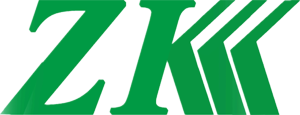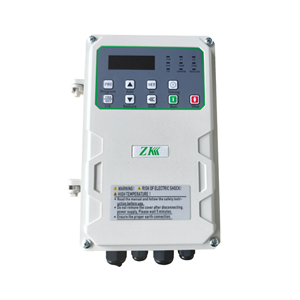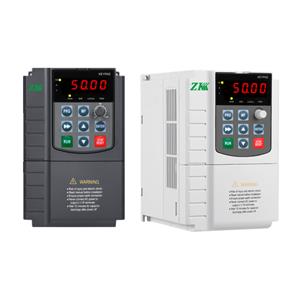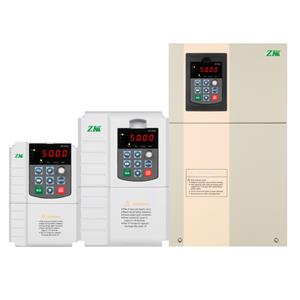Global and China Low-Voltage Inverter Market Analysis 2024-2025: Challenges and Opportunities Coexist
1. Weak Global Economic Recovery with Diverging Market Trends
Sluggish Growth in Developed Economies: Manufacturing investments in Europe and the U.S. remain subdued due to lingering high interest rates and inflation.
Resilience and Divergence in Emerging Markets:
India and Southeast Asia benefit from industrial relocation (electronics, automotive) and domestic demand, sustaining stable inverter demand.
Africa and Latin America face constraints from debt crises and commodity price volatility, leading to reduced industrial investments.
Monetary Policy Shifts: The Fed’s rate cuts ease financing pressures, but geopolitical conflicts (e.g., Red Sea shipping disruptions) and energy transition costs continue to hinder global recovery.
2. China’s Low-Voltage Inverter Market in 2024: Weak Demand with Structural Divergence
① Overall Market Contraction
China’s low-voltage inverter market shrank to RMB 27.5 billion in 2024, down 2.8% YoY, primarily due to:
Downstream manufacturing destocking and price competition;
Weak demand in elevator and HVAC sectors amid a sluggish real estate market.
② OEM Market (RMB 16.636 billion, -1.5% YoY)
Growth Sectors:
Shipbuilding (transportation equipment) led gains, supported by a global shipbuilding boom;
3C Electronics & Semiconductors showed modest recovery, offsetting declines in solar and lithium battery sectors.
Declining Sectors:
Construction and food machinery demand remained weak;
Elevator sector suffered from reduced real estate investments.
③ Project-Based Market (RMB 10.864 billion, -4.8% YoY)
Power Industry Growth: Driven by large-scale thermal power projects and grid upgrades under policy support;
Metallurgical Sector Divergence: Steel capacity replacement suspensions dragged demand, while non-ferrous metals (copper, aluminum) benefited from new energy material expansion;
Future Opportunities: Energy-saving retrofits (e.g., high-efficiency fans/pumps) and digital upgrades (smart factories) are key demand drivers.
3. 2025 Outlook: Policy-Driven Recovery Amid Persistent Risks
① Growth Drivers
Policy Support: China’s equipment renewal incentives and "New Quality Productive Forces" (e.g., semiconductors, AI servers) will boost investments;
Restocking Cycle: Downstream distributors’ inventory bottoming out may drive moderate demand recovery in 2025;
Emerging Industries: New energy vehicles (NEVs), hydrogen, and data centers under China’s "Nine Future Industries" will create incremental demand.
② Key Risks
U.S.-China Tariff War: Potential levies on inverters or key components (e.g., IGBT) could raise costs;
Persistent Real Estate Slump: May delay OEM market recovery;
Price Competition: Intensifying battles between domestic (Inovance, INVT) and foreign brands (Siemens, ABB) in mid-range markets.
③ Market Forecast
China’s low-voltage inverter market is expected to grow modestly (1%-3%) in 2025, reaching RMB 28-28.5 billion, with structural opportunities outweighing broad-based recovery:
High-Growth Sectors: Shipbuilding, power retrofits, semiconductor equipment;
Transformation Trends: Digitalization (cloud-based monitoring) and green tech (SiC-based inverters).
Technology Breakthroughs: Accelerate R&D in SiC/GaN inverters and AI-driven predictive maintenance;
Market Focus: Deepen presence in high-growth sectors (power, shipbuilding) and expand into Southeast Asian manufacturing hubs;
Policy Alignment: Leverage equipment renewal subsidies and promote "inverter + energy-saving services" bundled solutions.
4. Strategic Recommendations for Industry Players




